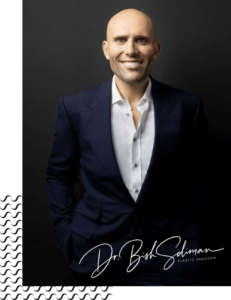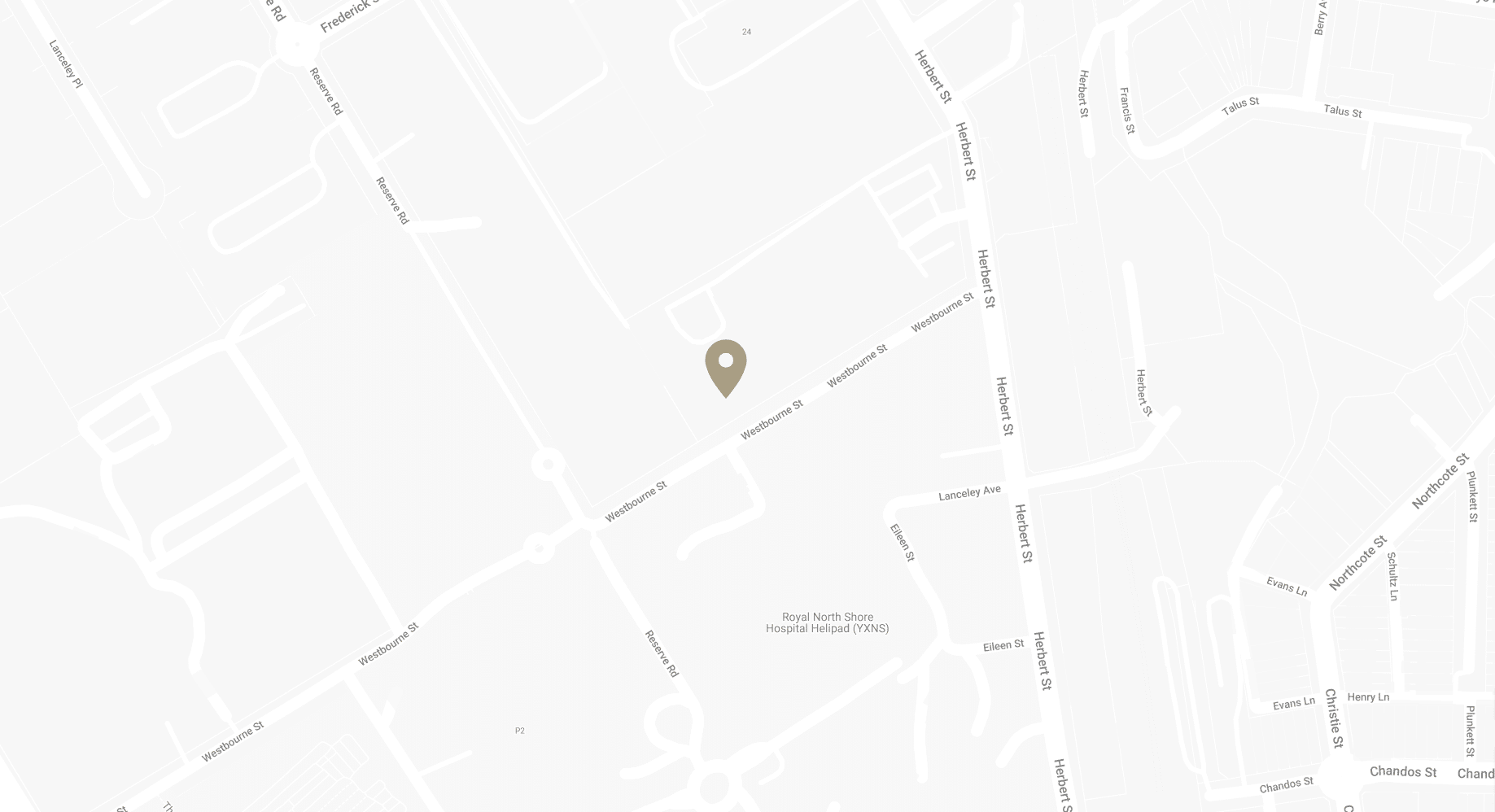Strategies for Minimising Scars Following Gynaecomastia Surgery
If you’re dealing with gynaecomastia, you know it’s more than just a physical condition. The breast tissue in men becomes enlarged, often leading to a feeling of discomfort. Surgery can offer a way out, providing a means to regain a more typical chest contour. But it’s not just about the immediate results. How you heal and what you’re left with—specifically, scars—can play a big role in your overall satisfaction with the process.
After surgery, scars are a natural part of healing, but they can leave a lasting mark. That’s why paying attention to scar care is so important. Understanding how to keep scarring to a minimum is essential. By focusing on scar minimisation, you can help ensure that the results of your surgery are satisfactory.
Dr Bish Soliman, based in Sydney, is a specialist plastic surgeon performing a wide range of male cosmetic and reconstructive procedures. Among the procedures he performs, gynaecomastia is a surgery that requires a keen aesthetic sense and surgical precision to ensure optimal outcomes.
Download Dr Bish Soliman Breast Reduction Guide

Understanding Scars in the Context of Gynaecomastia Surgery
When you go through surgery for gynaecomastia, your body starts a complex process to heal the incisions made during the procedure. Scars are a normal part of this healing. But not all scars are the same, and knowing the differences can help you manage them better.
After the skin is incised, your body uses a tough, fibrous protein called collagen to close the wound. This collagen builds up where the skin has been cut, and over time, it creates a mark we call a scar.
Abnormal scarring can occur after surgery due to various reasons, and patients might notice these types of scars:
- Hypertrophic scars are raised and red. They don’t grow beyond the boundaries of the original wound but can be quite noticeable.
- Keloid scars are a more intense version of hypertrophic scars. They’re also raised, but they can grow beyond the wound area, making them more visible.
- Atrophic scars are the opposite; they create a sunken area on the skin because of a loss of tissue.
Several factors can affect how your scars look after surgery. Your skin type plays a big role. Some people’s skin heals with barely a trace, while others might find their scars are more obvious. The skill of your surgeon also matters. A surgeon with a good technique can place incisions in less noticeable areas and use stitches that reduce tension on the skin, which can help reduce scarring. How you take care of the wound after surgery is important, too. Following your surgeon’s advice on wound care can make a big difference in how your scars heal.
Pre-Operative Measures to Minimise Scarring
Before you even step into the operating room, there are steps you can take to help reduce the appearance of scars after your gynaecomastia surgery. It all starts with the choices you make and the actions you take.
In the weeks leading up to your surgery, it’s a good idea to get your skin in the best possible shape. This means keeping it hydrated and nourished. Use a gentle moisturiser to keep your skin supple, as dry skin can sometimes heal with more noticeable scars.
Your diet also plays a part in how well you heal. Eating foods rich in vitamins A and C can support skin health. These nutrients are important for collagen production, which is central to the healing process. So, load up on fruits, veggies, and lean proteins to give your body the building blocks it needs to repair itself.
Immediate Post-Operative Care
Right after your gynaecomastia surgery, the way you look after the operated area can make a big difference in how your scars will look.
The dressings applied by Dr Soliman right after the operation are there for more than just protection. They help keep the area clean, but they also support the skin as it starts to heal, which can help keep scarring down. It’s important to keep these dressings dry and in place as instructed.
In the first few days, you’ll need to keep a close eye on your wounds. This means watching for any signs of infection like increased redness, warmth, or discharge. If you notice anything unusual, you’ll need to get in touch with Dr Soliman’s team straight away.
Swelling and bruising are part of the healing process, but too much can lead to more noticeable scars. To manage this, you might be advised to wear a compression garment, keep the operated area raised when possible, and use cold compresses. These steps can help reduce swelling and bruising, which in turn can help prevent the formation of excessive scar tissue.
Long-Term Scar Management
As you move past the initial healing phase, your focus will shift to managing your scars over the long term. There are several effective strategies to help ensure your scars fade as much as possible and become less noticeable over time.
- Silicone sheets and gels are widely recommended for scar management. They work by creating a moist healing environment and by applying slight pressure to the scar, which can help flatten and soften the scar tissue. You can find these products at most pharmacies. It’s usually suggested to start using them once the wound has healed and Dr Soliman gives you the go-ahead.
- Massage and other physical therapies can also play a role in improving the appearance of scars. Gentle massage can help break down the scar tissue, making it softer and less raised. It’s important to wait until Dr Soliman says it’s safe to start massage, as doing it too early can interfere with healing.
- Protecting your scars from the sun is critical. UV rays can darken scars, making them more visible. So, cover up with clothing or use a strong sunscreen on the scarred area whenever you’re out in the sun. This is especially important in the first year after surgery when your scars are still maturing.
- Topical treatments like vitamin E and certain creams can also be part of your scar management routine. However, their effectiveness varies from person to person. Before you start using any topical treatment, it’s a good idea to discuss it with Dr Soliman to ensure it’s appropriate for your specific situation.
By sticking to a consistent scar management plan, you can greatly improve the long-term appearance of your scars. It takes time and patience, but taking these steps can make a significant difference in your results.
Advanced Scar Minimisation Techniques
If you find that your scars from gynaecomastia surgery are particularly stubborn, there are advanced techniques that can help improve their appearance.
- Steroid injections are one option for hypertrophic or keloid scars, which are raised and sometimes itchy or painful. These injections can help flatten and soften the scars, making them less noticeable. They might need to be repeated over time, and Dr Soliman will guide you on how often this should be done.
- Laser therapy is another advanced treatment that can be beneficial. Lasers can reduce the redness of scars and improve skin texture, making the scars blend more with the surrounding skin. There are different types of laser treatments available, so a consultation with a professional is necessary to find out which option is best for you.
- Microneedling is a procedure that involves using fine needles to create tiny punctures in the skin. This can stimulate the skin to heal and produce more collagen, potentially improving the appearance of scars over time. It’s usually done by a skincare professional, and you might need several sessions to see results.
It’s important to remember that these advanced techniques should only be carried out by qualified professionals, and you should always discuss the risks and benefits with Dr Soliman before proceeding. With the right approach, these methods can significantly improve the appearance of your scars.
Lifestyle Factors That Influence Scar Healing
Your lifestyle choices can have a significant impact on how well your scars heal after gynaecomastia surgery. Let’s explore some of the key factors that you can manage to support your body’s healing process.
- Good nutrition is vital for your skin’s recovery. Eating a balanced diet rich in vitamins and minerals supports the body’s repair mechanisms. Foods high in vitamin C, like oranges and strawberries, and those rich in zinc, such as nuts and seeds, can aid in the production of collagen, which is essential for wound healing.
- Also, staying well-hydrated by drinking plenty of water helps keep your skin elastic and more capable of healing with less noticeable scarring.
- Smoking and alcohol can both have negative effects on scar formation. Smoking reduces blood flow to the skin, which can slow down the healing process and lead to thicker, more pronounced scars. Alcohol can cause dehydration and impair your body’s natural healing response. Cutting down or avoiding smoking and alcohol consumption altogether can be beneficial for your scar healing.
- Regular exercise, once approved by Dr Soliman, can also play a role in optimal healing. Gentle movements can improve blood circulation, bringing more oxygen and nutrients to the healing tissues. By paying attention to these lifestyle factors, you can give your body the best chance to heal with minimal scarring.
FAQs about Scars after Gynaecomastia
What can I do before gynaecomastia surgery to ensure minimal scarring?
- Before surgery, focus on maintaining healthy skin by keeping it hydrated and protected from the sun. Eating a balanced diet rich in vitamins and minerals can also prepare your body for optimal healing. Additionally, choosing an experienced surgeon who is skilled in minimally invasive techniques can greatly reduce the potential for noticeable scarring.
How long after gynaecomastia surgery should I wait before starting scar treatment?
- You should wait until Dr Soliman confirms that your wounds have healed properly, which is typically a few weeks post-surgery. At that point, you can start using recommended scar treatment methods such as silicone sheets, gels, or other topical treatments as advised by your plastic surgeon.
Can exercise affect the scarring from gynaecomastia surgery?
- Exercise can improve blood flow and aid in healing, but it’s important to avoid strenuous activities until Dr Soliman gives you the all-clear. Once you’re allowed to exercise, gentle activities can support your healing process, but always follow your surgeon’s guidelines on when and how to safely incorporate exercise into your recovery.
Does smoking or drinking alcohol affect scar healing after surgery?
- Yes, both smoking and drinking alcohol can negatively impact the healing process. Smoking reduces blood flow, which is crucial for healing, and can result in thicker and more noticeable scars. Alcohol consumption can lead to dehydration and impair the body’s healing capabilities. It’s advisable to avoid both to promote better healing and less noticeable scarring.
Further Reading about Gynaecomastia Surgery with Dr Bish Soliman
- Read more about How Is the Recovery after Gynaecomastia?
- Read more about Surgery for Gynaecomastia: Useful Tips for Your Recovery
- Read more about Alcohol and Recreational Drugs: Their Impact on Cosmetic Surgery
- Read Dr Soliman’s Blog about Preparing for Gynaecomastia Surgery (Male Breast Reduction)
Medical References about Scars after Gynaecomastia
- Gynaecomastia: Surgery, treatment, causes, and symptoms – Medical News Today
- Gynaecomastia Surgery (Male Breast Reduction): What to Expect -Cleveland Clinic
- Enlarged breasts in men (gynaecomastia) – Mayo Clinic
- Trends in the Surgical Correction of Gynaecomastia – NCBI
- Surgical Management of Gynaecomastia: An Outcome Analysis – PubMed



